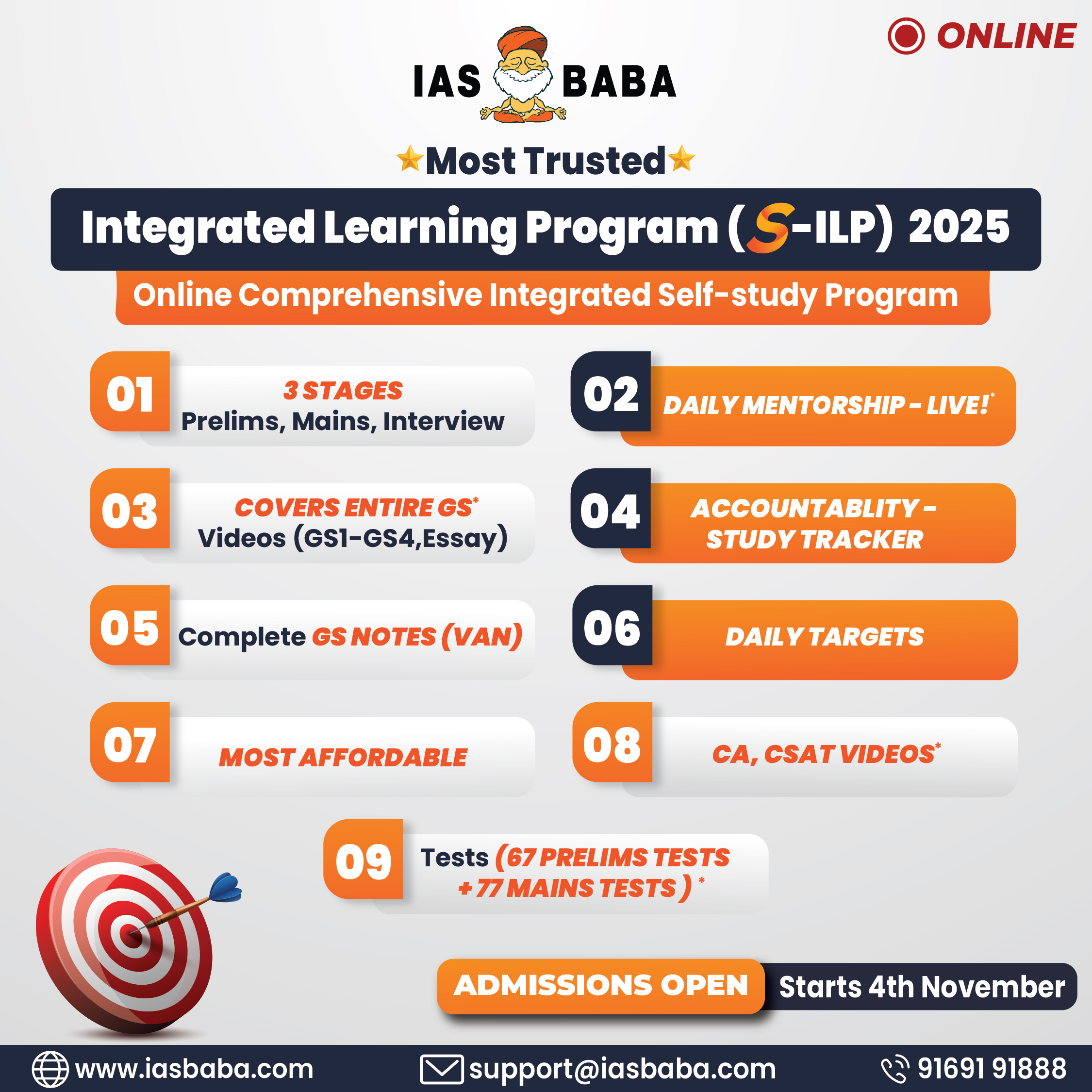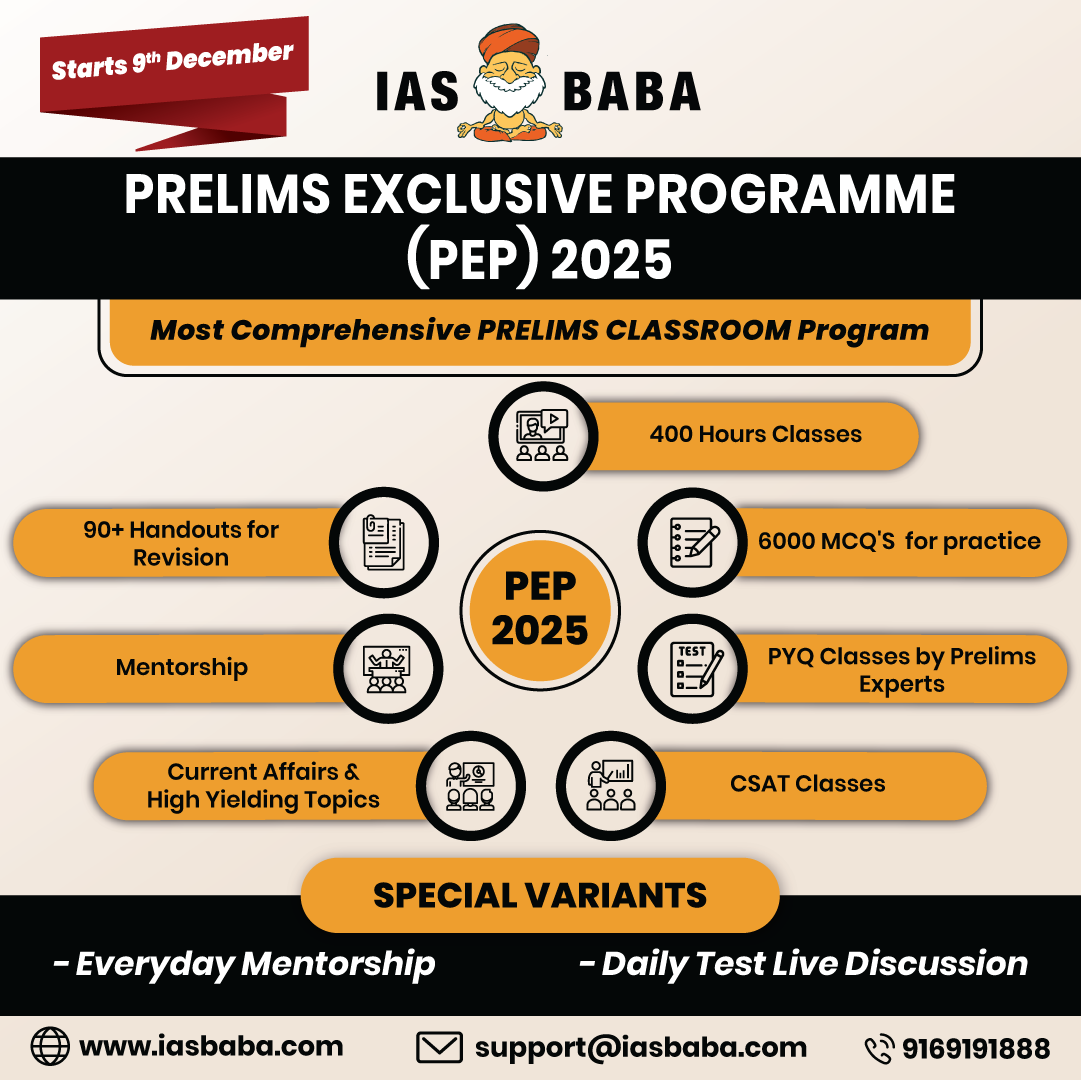IASbaba's Daily Current Affairs Analysis, IASbaba's Daily Current Affairs June 2017, IASbaba's Daily News Analysis, International, UPSC
IASbaba’s Daily Current Affairs – 16th June 2017
Archives
ECONOMY
TOPIC:
General Studies 3
-
Indian Economy and issues relating to planning, mobilization of resources, growth, development and employment.
General Studies 2
-
Government policies and interventions for development in various sectors and issues arising out of their design and implementation.
Global economic slowdown: Where does India stands?
The global economy has been recovering from the recession of 2009 at a tepid rate (at approximately 2.5 per cent per annum). India’s economy is in a ‘fairly good shape’ and it is likely to be less affected than other emerging economies if there is a further shock to the global economy, according to a senior official of the IMF.
Main causes of the current slow global growth are:
-
Declining populations- Population growth boosts economic growth through an increase in the workforce, aided by an increase in productivity.
-
Protectionism- it will hurt global trade and cross-border flow of people.
-
No major productivity-enhancing revolution. The fourth industrial revolution is yet to take place.
-
China’s economy is expected to steadily slow down to 6.6% in 2017 and 6.2% in 2018 due to the “complex process of rebalancing” by reorienting demand from exports and investment in consumption.
While for a majority of countries, a high or higher growth rate would be elusive, India has a great opportunity before it.
India seems to be less vulnerable
-
With growing political uncertainty in the US, the emergence of protectionist policies and amidst slowdown concerns related to China, countries whose GDP is dependent on exports could find themselves with increased instability. The most affected are those with exports accounting for a high percentage of their GDP and with low domestic demand support. India appears to be less vulnerable on this front.
-
Despite the US’s importance as a market for India and Japan, the larger and more diverse nature of these economies provides them with some cushioning from protectionist trade policies, with shipments to the US making up only 2 per cent and 3 per cent of their respective GDPs.
-
Furthermore, an ADB report suggests that a growth slowdown of 1.6 percentage points in China would bring about a growth deceleration of 0.26 percentage points in developing Asia as a whole. Meanwhile, India is most insulated from China’s slowdown: Its annual GDP growth could be lower by a slight 0.14 percentage points.
-
With roughly 59 per cent share in India’s GDP, household consumption spending has been the major driver of economic growth and has, on many occasions, acted as a protective shield to global demand shocks.
-
India also has low reliance on external savings to fund its growth. As per S&P Ratings, the banks are mainly deposit-funded and don’t rely on wholesale funding to grow their loan books.
-
Healthy consumption spending in India and an inward domestically demand-oriented economy makes India less vulnerable.
The Indian context:
-
India is in the middle of a demographic dividend which would be an impetus to growth, if the new entrants to the work force are productively employed.
-
The government has recognised the need for jobs and embarked on a multi-pronged strategy including corporate governance reform, pro-growth tax reform, agricultural reform, administration reform, the expansion of public-private partnerships etc.
-
Increasing jobs through targeted manufacturing/service investment — tourism, health, education, micro and small enterprises, agribusiness —
-
Massive drives like Make in India, Skill India, productivity-based infrastructure development and initiatives related to the ease of doing business will surely help.
-
The rationalisation of subsidies and direct cash transfers will plug leakages associated with the previous subsidy regime and make money available for merit subsidies — health, education, etc. — that can help us exploit our population dividend.
These strategies have begun to make a difference and should, over a reasonable period of time, create the jobs we need. We are now poised to leapfrog directly into the digital world and reap the productivity gains.
Challenges:
The global financial crisis largely passed India by; so, our need for quantitative easing was limited. But we have created our own crisis — non-performing assets (NPA). However, the government is working to resolve the issue. It is worth mentioning that the banking system has a provisioning coverage of 50 per cent plus on NPAs.
The priorities should be:
-
Improving ease of doing business
-
Infrastructure improvement
-
Fiscal reforms — such as GST
-
Agriculture reforms
-
Administrative reforms
-
Labor reforms
Conclusion:
The winners in this changing world are likely to be countries less reliant on global trade, domestic consumption-driven, with an increasing population, a scope for productivity improvement and a low per capita base. It would be fair to conclude that India’s GDP growth rate of 7.5 per cent is good and sustainable, so also is the potential target of 8 per cent plus. We are moving towards increasing manufacturing’s share in furthering jobs. This, combined with the increase in consumption through workforce increase, should impact both consumption and investment, leading to the delta required to take our GDP past 8 per cent. Driven by domestic consumption, the Indian economy is poised to do better than most others. The present situation calls for accelerated economic reforms for India to achieve a higher growth trajectory.
Connecting the dots:
-
Discuss reasons behind global economic slowdown. Also mention how India seems to be less vulnerable if the ongoing reforms are implemented in true sense.
INTERNATIONAL
TOPIC: General Studies 2
- Bilateral, regional and global groupings and agreements involving India and/or affecting India’s interests.
Effect of policies and politics of developed and developing countries on India’s interests, Indian diaspora.
India’s US policy in the age of Trump
At the end of this month, Prime Minister Narendra Modi will head to the US to meet President Donald Trump. It might just end up being the defining visit of Modi’s US policy in the age of Trump.
Trump’s policy towards India:
-
During a campaign for a US presidential candidate, Trump termed India as a “key strategic ally” and promised that if voted to power, India and the US would become “best friends”.
-
His hard-line position on Pakistan and Islamist extremism also endeared him to a section of Indians.
-
But since he became President, Trump has given mixed signals about his priorities, confusing many in India. Though his aides have often delivered tough messages to Pakistan about terror, his approach has been erratic at best. The US ambassador to the UN, Nikki Haley, went so far as to say that the US may play a proactive role in de-escalating tensions between Islamabad and New Delhi.
-
Trump withdrew from the Paris agreement. Targeting India specifically, Trump argued that “India makes its participation contingent on receiving billions of dollars in foreign aid” and that it will be allowed to double its coal production by 2020.
-
Economic and trade ties have also been under stress, with Trump asking federal agencies to review the temporary visa programme for high-skilled foreigners to ensure preference was accorded to the “most-skilled and highest-paid”.
-
Trump has been critical of H-1B visas, suggesting that they were being used by outsourcing firms to bring in low-skilled workers on low wages who displace Americans. His larger approach towards economic globalization has produced a paradoxical situation wherein China is trying, with some success, to project itself as a defender of the extant global order.
Trump’s China policy:
It is Trump’s China policy which will have the most significant long-term impact on India and regional geopolitics.
After angering China by questioning Beijing’s sovereignty over Taiwan under the One China principle, Trump went back on it and endorsed it.
He later expressed his “absolute confidence that (Xi) will be trying very, very hard” to resolve the North Korea issue. Despite this, North Korean behaviour remains provocative.
Frustration with China is growing in Washington. There is growing concern that as Trump turns America inwards, he is ceding the strategic space to China.
Future of India-US relations:
Overall, there remains a lot of confusion about the future trajectory of India-US relations under Trump.
Bilateral relations have soared after Modi made significant personal investment in boosting ties. But now he faces the challenge of building a rapport with an administration which seems intent on retreating to the margins of global politics and of pursuing a transactional agenda.
The strategic logic that largely drove George W. Bush and Barack Obama’s overtures to India—that India’s rise is in America’s larger interest—can no longer be the basis of India-US engagement under Trump.
Conclusion:
There are indeed challenges here as New Delhi has become used to the broader strategic logic and has traditionally been averse to transactional relationships. But there are new opportunities, if only Indian policy makers remain open to new possibilities.
Connecting the dots:
-
Discuss the challenges India-US relationship face under Trump’s era. Also mention how Indian policy makers should overcome the challenges posed by changing dynamics when it comes to US.
MUST READ
The anniversary of a divide
No time to work
Reform, despite nay-sayers
New president for new India
Narendra Modi’s challenge in Washington
The moral responsibility of celebrity endorsers
Finally a goods and services tax- But what lies ahead?
The right to price
Is this Modi’s India shining moment











